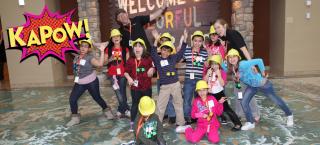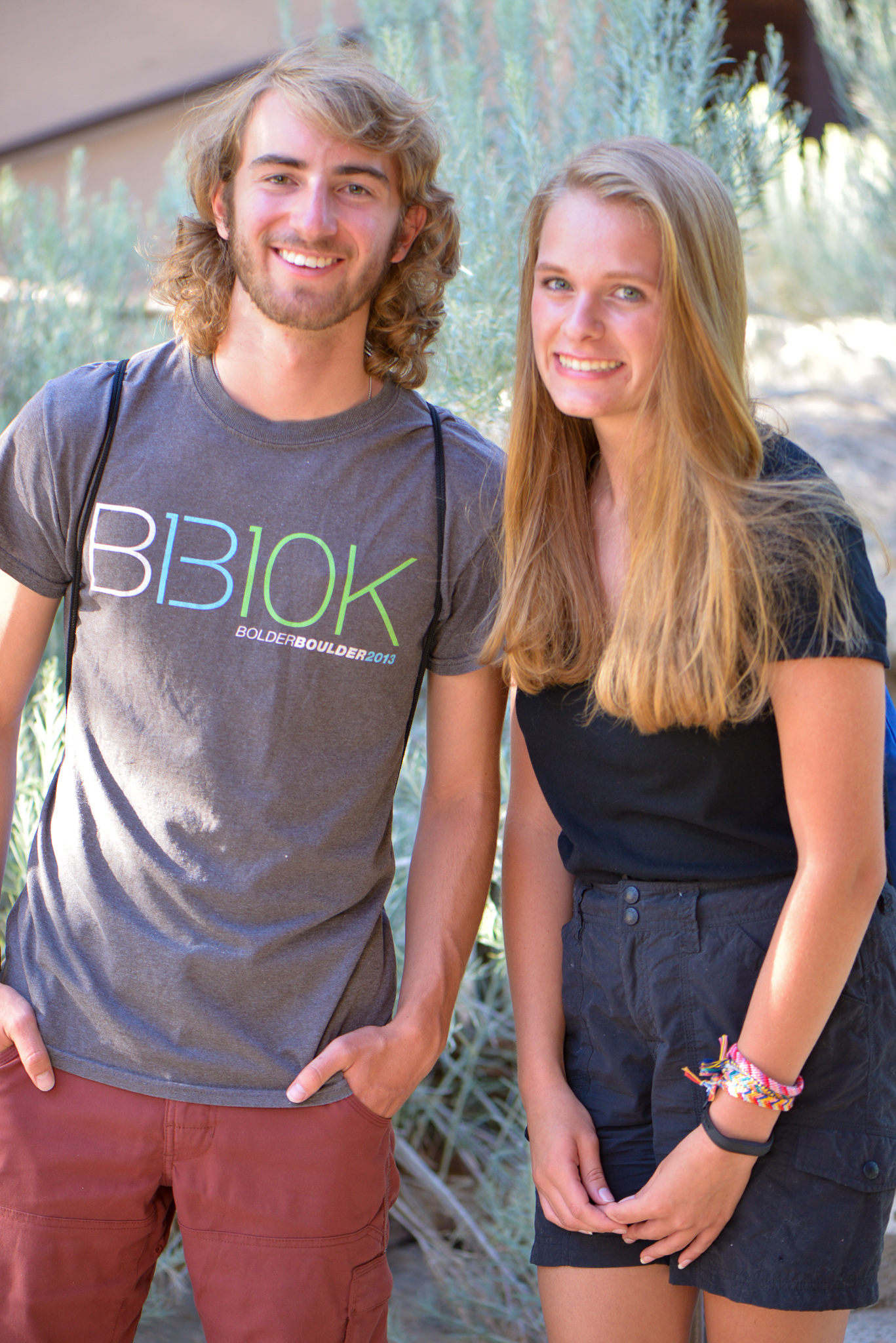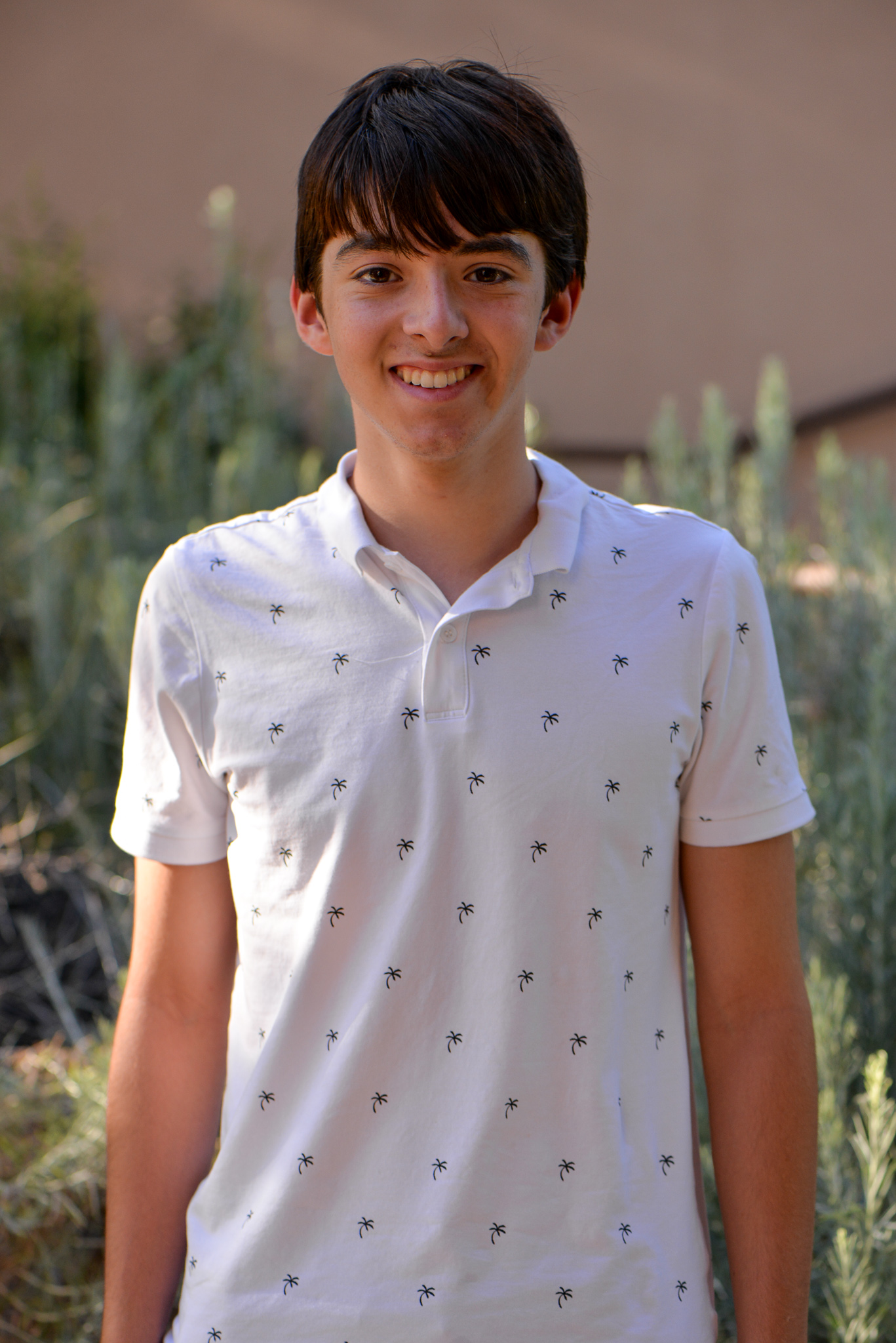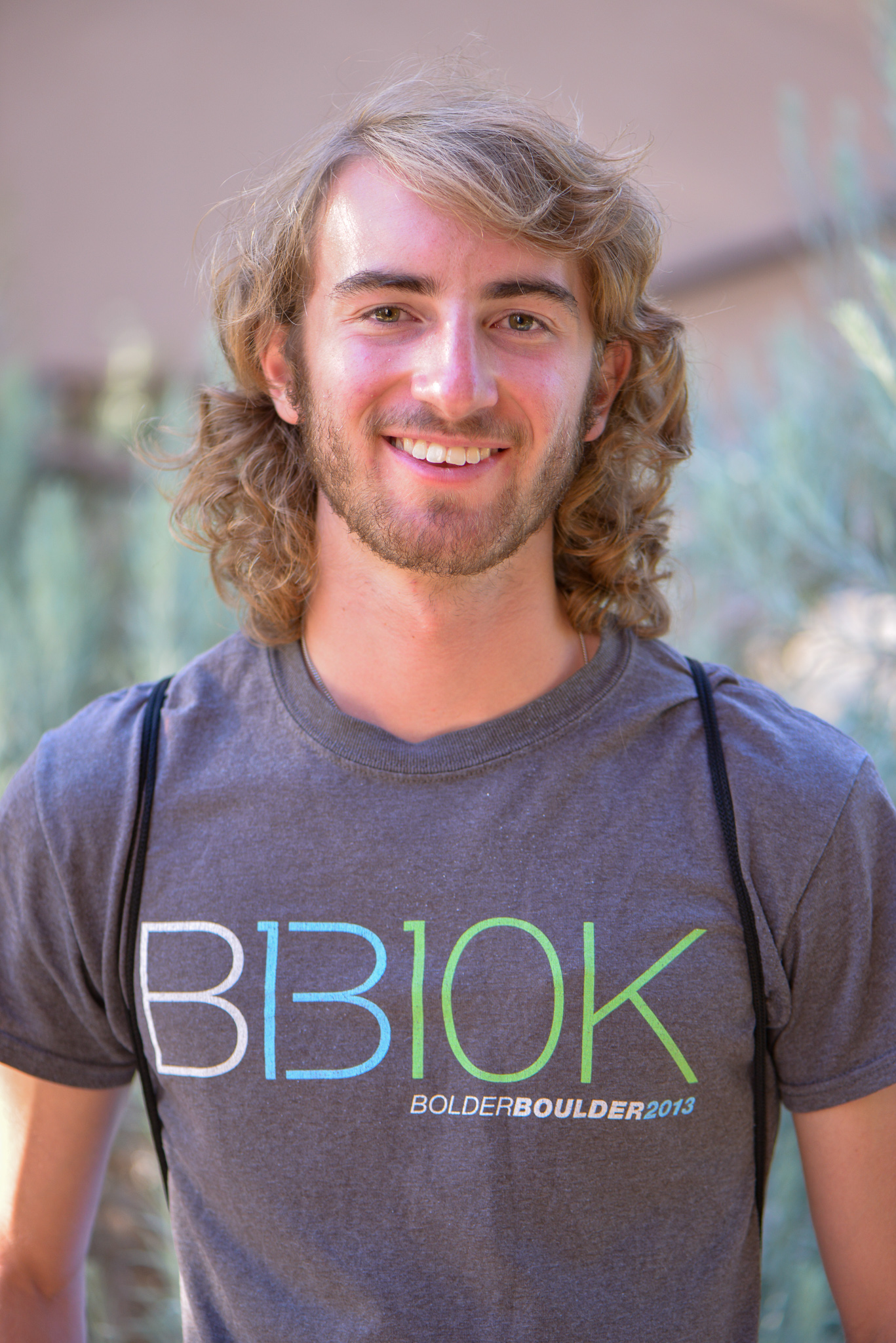
Story
Preserving America Through the Power of Youth
This week Colorado parents woke their kids from summer’s slumber, ushering them off to school to begin the 2020 academic year.
While many young people were perhaps lamenting the return to book bags and lunches, field trips and new clothes, 50 of the state’s best and brightest young people spent a week of their summer holiday attending the Colorado Preserve America Youth Summit, in Mesa Verde, July 15-18, 2019.
The annual program empowers youth to learn more about history, culture, and historic preservation. This year’s theme was "Next Generation Stewards," an ethos that sought, in very real terms, to place the future of historic preservation squarely in the hands of young people.
An overarching goal for the students was to strengthen their comfort with civic engagement, a skill put to use earlier in the year when a number of Youth Summiters, (mostly senior high schoolers) traveled to Denver and Washington, D.C., to lobby their elected officials through an advocacy campaign.
When I asked the elder Youth Summiters about historic preservation advocacy and their vision for the future, it was clear that they were ready to be responsible stewards. Here’s what they had to say.
Q: What are the hurdles to getting youth involved in historic preservation and its advocacy?
A: “I have been involved with Youth Summit since the eighth grade, and was instantly motivated to do everything I could to help preserve these places. Going to Denver to champion other bills at the Capitol grew my love for advocacy. But I also realized we needed to motivate other young people to speak up and work to achieve the greatest possible outcome.”
- Lily Cunis, a junior at Legacy High School
A: Paul Flora, University of Colorado-Boulder: “For me, effective advocacy for our parks and historic places comes down to publicity about them. If it’s our mission to get more youth involved, the best way to do that is tell more schools and build more opportunities for participation. Youth have a unique vantage point, with new technological tools to pull preservation work into the 21st century. But we will also inherit unique challenges like climate change. Our generation will make sure everyone has a seat at the table, especially for people of color, working people, rural communities, and those living with disabilities.”
Q: What was the most surprising moment you experienced when meeting with legislators?
A: “My most memorable meeting was with the Secretary of the Interior, because as we spoke to him, he would literally finish our thoughts. I admit, I arrived with a bit of skepticism, given today’s political climate. We were determined to drive our points hard to get him to support the bill and do with what he could on his side. We were surprised to find that he had come in with his own ideas! on not only how to support it but to get it accomplished and passed. It was really nice to see that. Not only that he was willing to listen, but that he agreed with us too and prepared to do the same agenda.
-Simon Panfilio, a senior at Stargate High School
Q: What kinds of 21st century thinking could or should be applied to the Park Service?
A: "The Restore Our Parks Act (ROPA) is a first step. Congress will secure these funds to repair aging infrastructure. But us youth devised our own proposal, called TAP, which stands for Technology Advancement in Parks. One thing we noticed right away is how outdated park systems are, like the website. We want to show that young people have their own ideas on how to take ownership and get involved."
"Another gap we see in how the Parks operate now is around accessibility. TAP programming could increase accessibility to park information through multi-language translations. It could springboard policies that make the parks accessible to the wheelchair-bound and people experience vision or hearing impairment. We want to use technology to create wider exploration of the parks."
- Paul Flora, a freshman at the University of Colorado, Boulder.
During the visit to Mesa Verde, students climbed to the top and met with the Park Superintendent Cliff Spencer-who began his career with the Park Service as a student intern himself. He spoke to the young people about the vital role their civic engagement will play in saving places like Mesa Verde and Cliff Palace. He stressed that the future of our national parks is not fixed. That complacency could one day lead to these majestic places leaving us forever.
Many of the young people we met have grown up with Youth Summit as a crucial part of their lives. As they graduate out of youth summits, and into the first phases of adulthood, we are humbled hopeful by their evolution from eager students with a penchant for history, to young people empowered to make their voices heard. And we are hopeful that they will be the most innovative stewards, and strongest advocates, for the Park Service of tomorrow.
Preserve America Youth Summit is partly funded through State Historical Fund grant monies. For more information about State Historical Fund competitive grants for eligible education projects, click here. Grant applications are accepted now until October 1



